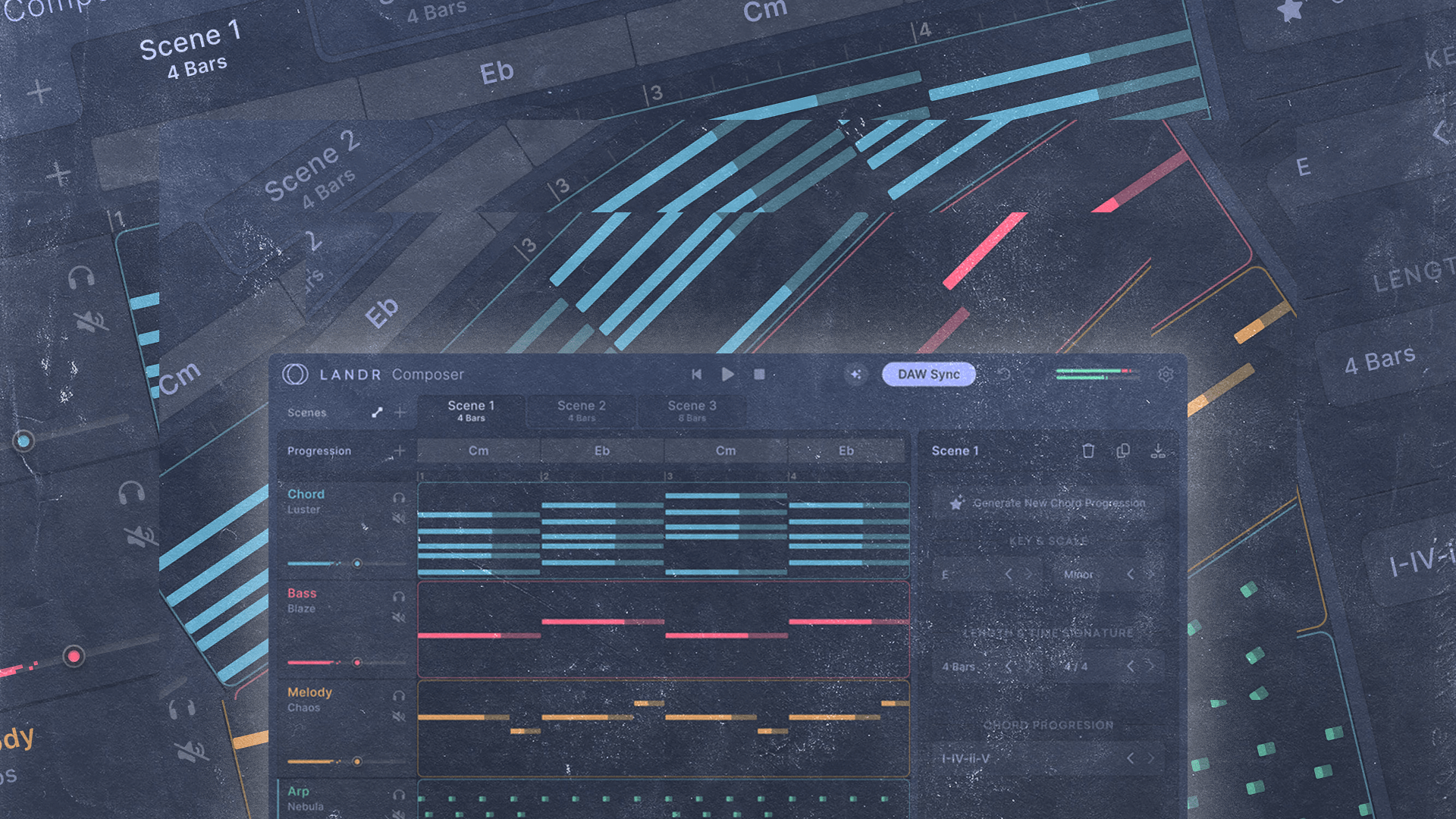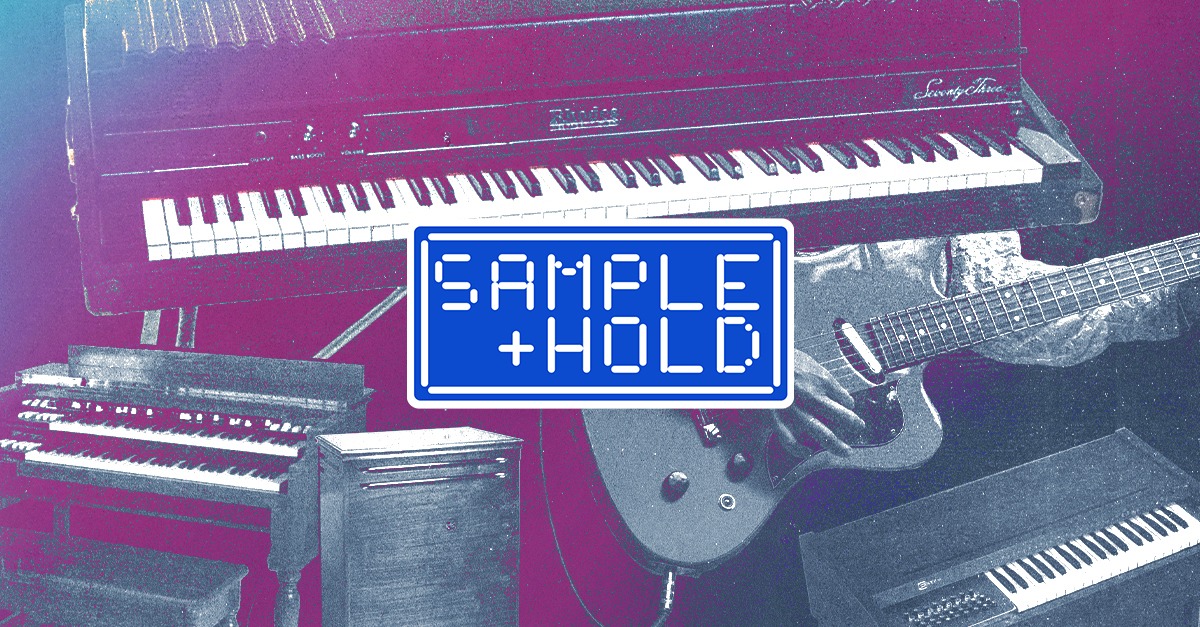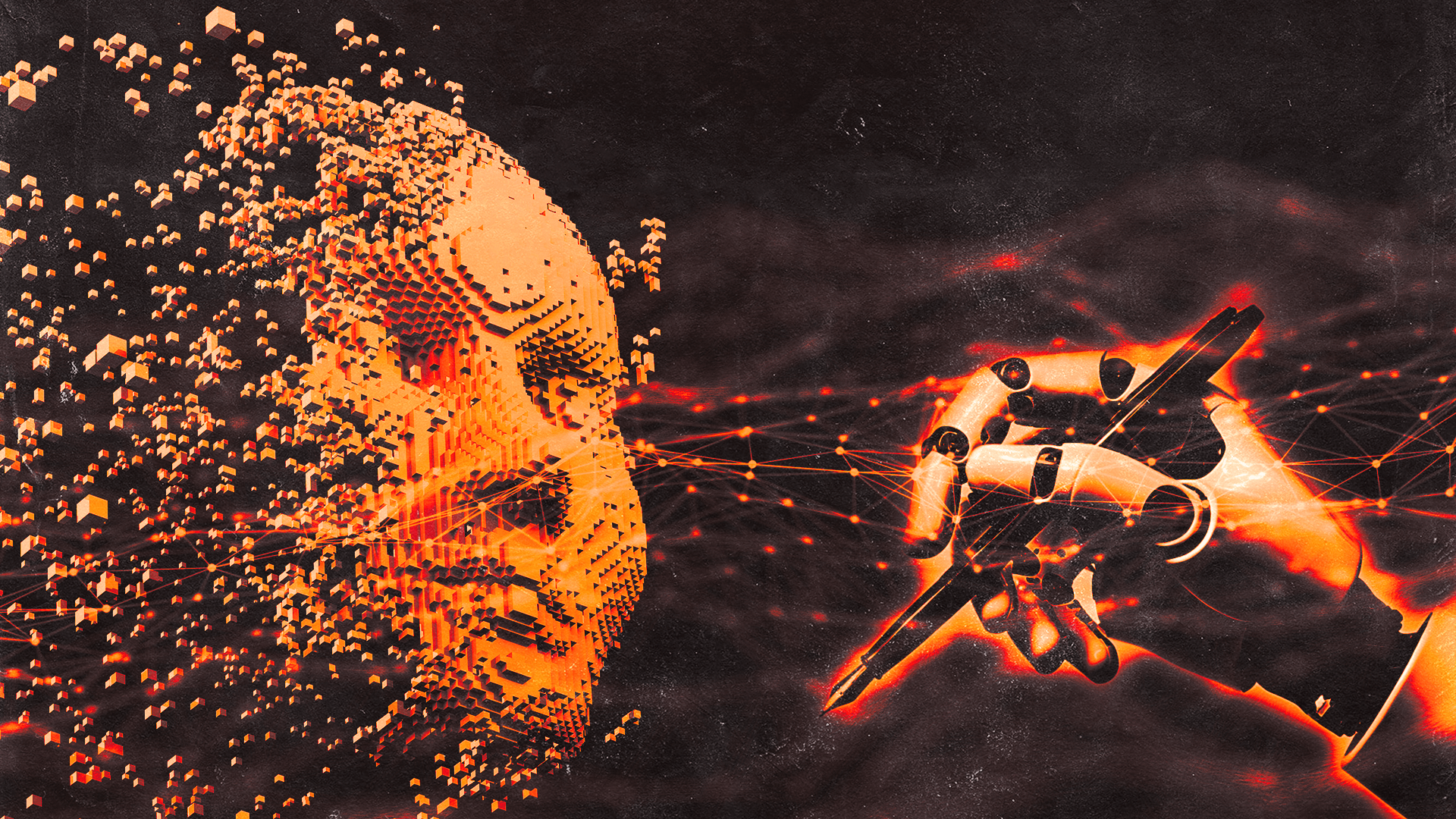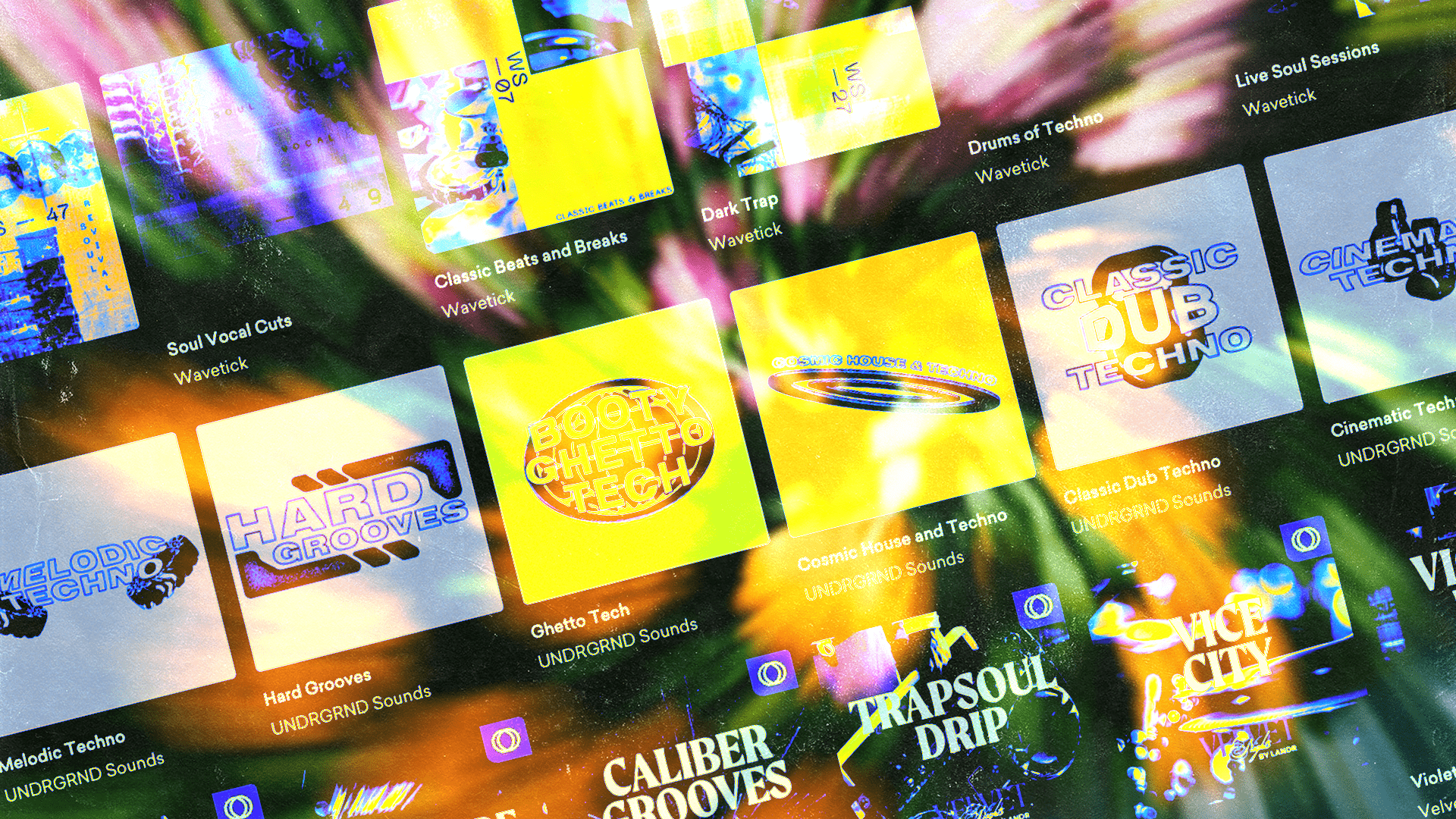
Sample and Hold: Vintage Keys, Electric Organs, and Funky Guitar

Welcome to Sample and Hold, the series on the LANDR Blog where we highlight one unique crate-digging session and the digger’s gold we came back with using Selector—the world’s first AI sample recommendation tool.
Starter Loop: Melodic Piano from Lofi Hip Hop
I’ll start off this Sample and Hold session with a jazzy piano sample.
I’ve been looking through LANDR’s sample database to find some choice cuts for a recent article about the best hip hop samples when I came across this one.
This piano loop comes from Kits Kreme’s Lofi Hip Hop sample collection, and it definitely lives up to that lo-fi classification.
In the background of the sample, you can hear the hissing and crackling that comes from the sound old vinyl and cassette tapes make.
I think this jazzy loop is ripe for chopping up and sampling with an MPC style groovebox.
You could easily throw a hip hop drum kit under this sample and create a funky lo-fi beat.
Selection 1: Final Stage from the Beautiful & Melodic Piano Pack
My first selection from the samples Selector returned based on that vintage keys sample is this wistful sounding loop that appears to make use of an electric piano.
My best guess is that the instrument is based on a Rhodes piano, given the metallic-sounding tines in the loop.
It’s definitely a common trope to use the Rhodes to evoke melancholic feelings, you just need to know a few sad chord progressions to get the job done.
Another notable quality to this sample is the delay effect Equinox used to make the sound echo and give a spacey quality to the sample.
Delay is a pretty cool effect to use on a Rhodes sample because it can be used to accentuate the percussive sound of the tines being struck by making them echo in the background.
Delay is a pretty cool effect to use on a Rhodes sample because it can be used to accentuate the percussive sound of the tines being struck by making them echo in the background.
The echoing tines in this sample add an extra sparkle to the loop’s sound.
This sample is also another great example of a piano loop that could be chopped up into shorter samples a producer could use in a groovebox.
Selection 2: Dry Organ from Fancy French House Vol. 2
From the Rhodes sample, Selector gave me this dry organ loop from Engineering Samples.
Specifically, this sample sounds like an electric organ, not a pipe organ you’d hear in a church.
I guess Selector wants me to write about different types of vintage keyboards since this electric organ has a pretty old school sound.
Let’s talk about the most famous electric organ of all—the Hammond B3. It’s well known for its punchy, soaring sound that could add soul to any track.
Electric organs use a series of serrated metal tonewheels that rotate in the field of a pickup and produce an amplifiable sound.
Electric organs use a series of serrated metal tonewheels that rotate in the field of a pickup and produce an amplifiable sound.
Whenever one of the Hammond B3’s keys is depressed, nine specific pickups turn on and “listen” to their corresponding tone wheel.
The frequency each tonewheel creates when it rotates in their corresponding pickup’s field is used to emulate the sound of an organ’s pipes.
Of course, it took a lot of work to tune the tonewheels properly to get a sound that actually resembles an organ, but the result is pretty convincing.
Using pickups and electricity to generate sound opened up a lot more options for adding effects than old pipe organs did.
The Hammond made use of tonearm controllers that could be used to fade in or fade out frequencies and change the sound. This was a form of early additive synthesis!
Consider the tone in this sample, it appears to use focus on the higher frequencies that electric organs produce.
Another interesting thing about this sample is that you can hear a slight vibrato effect in the organ’s tone.
This is based on what the B3 model of the Hammond organ is most known for– the Leslie speaker.
Leslie speakers are where the original electric vibrato effect came from, but it uses a completely analog way of affecting an amplifier’s sound.
That’s because a Leslie speaker is literally a rotating speaker that uses the listener’s perspective and the doppler effect to add vibrato to an instrument’s tone.
See how changing rotation speed affects a Leslie speaker’s vibrato in this video.
Leslie speakers sound really good, they’re warm and add a very tangible sense of vibrato to an amplified instrument’s sound.
This sample uses a relatively slow vibrato, meaning that a Leslie speaker would have been rotated at a slower speed to generate this level of vibrato.
If you ever have a chance to try a Leslie speaker, crank up the vibrato speed and you’ll be amazed by just how much mechanically spinning the speaker can affect an amplifier’s sound.
Selection 3: Funky Guitar from Cozy Beats
To find something that goes with that funky organ sample, I’ll dig awhile to find a Selector result that complements it nicely.
Got it! I found this great rhythm guitar sample on page four.
While it’s in a minor key, it has a somewhat uplifting quality to hit.
While it’s in a minor key, it has a somewhat uplifting quality to hit.
It’s bittersweet and dreamy, like getting up late after a long night out.
This sample really complements the feelings evoked by the earlier samples in this Sample and Hold session.
It goes well with that organ sample or even the first piano loop I used to start this Sample and Hold session.
I liked it especially because of something interesting that happens right at the end.
You can hear that swooshing sound that’s produced when a vinyl slows to a stop on a turntable.
It’s a great set up for dropping into a bigger part of the track. Perhaps this guitar groove could make a good intro for my next track.
Gear guides, tips, tutorials, inspiration and more—delivered weekly.
Keep up with the LANDR Blog.






